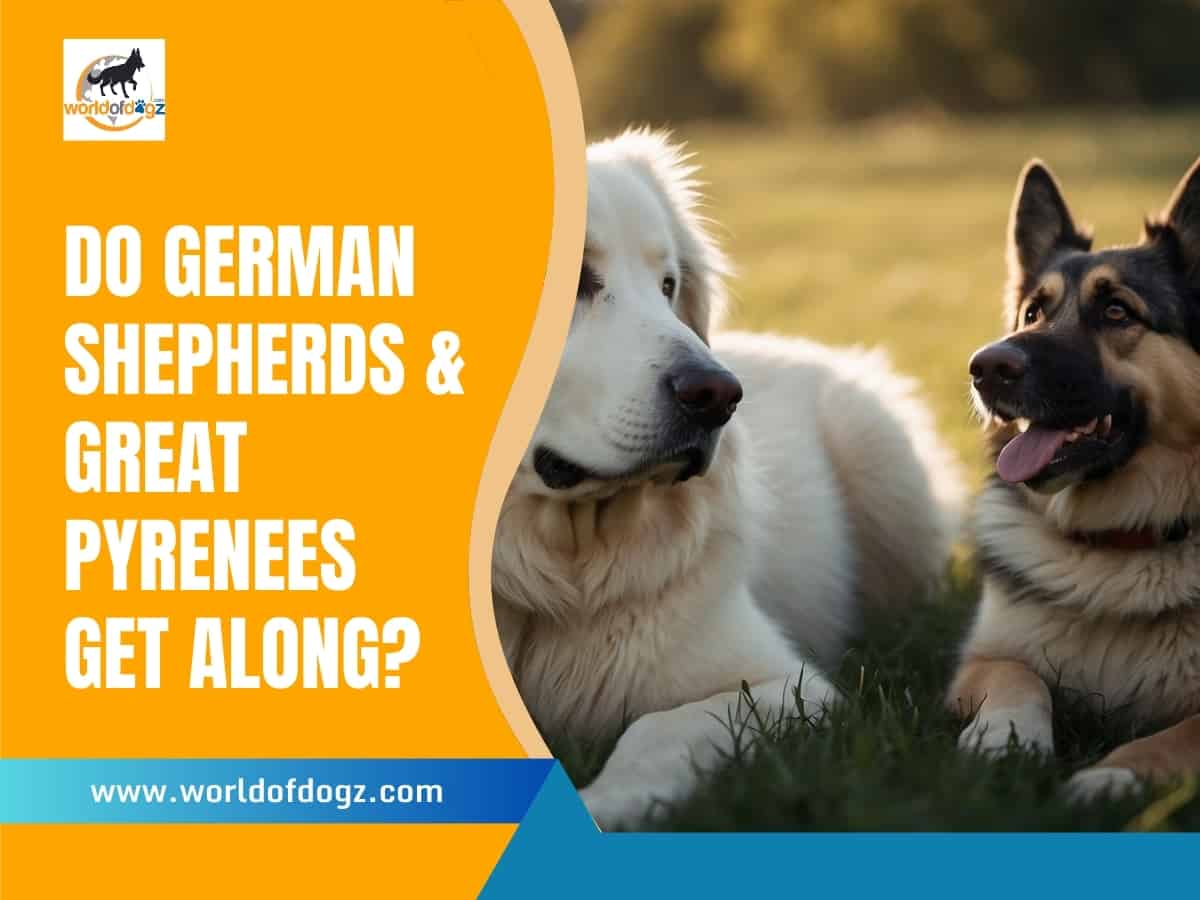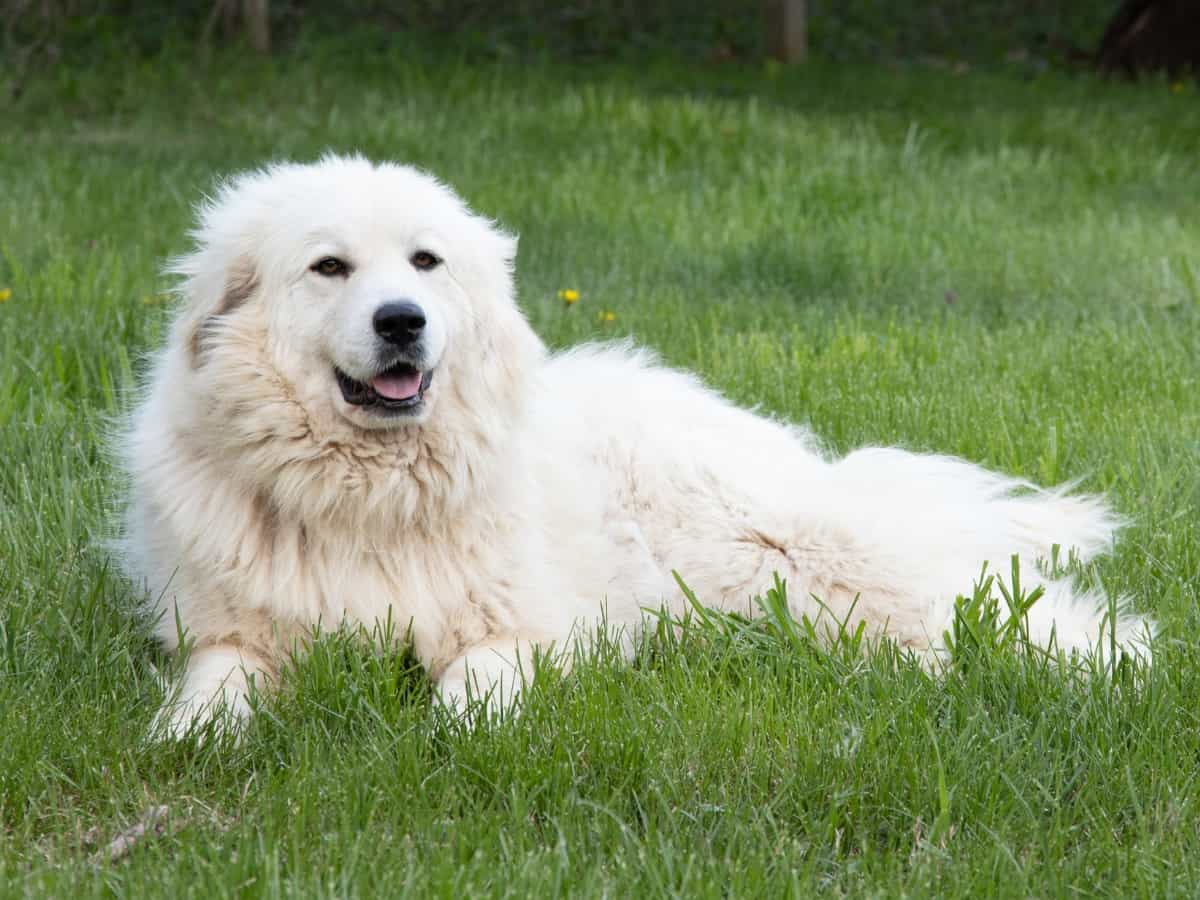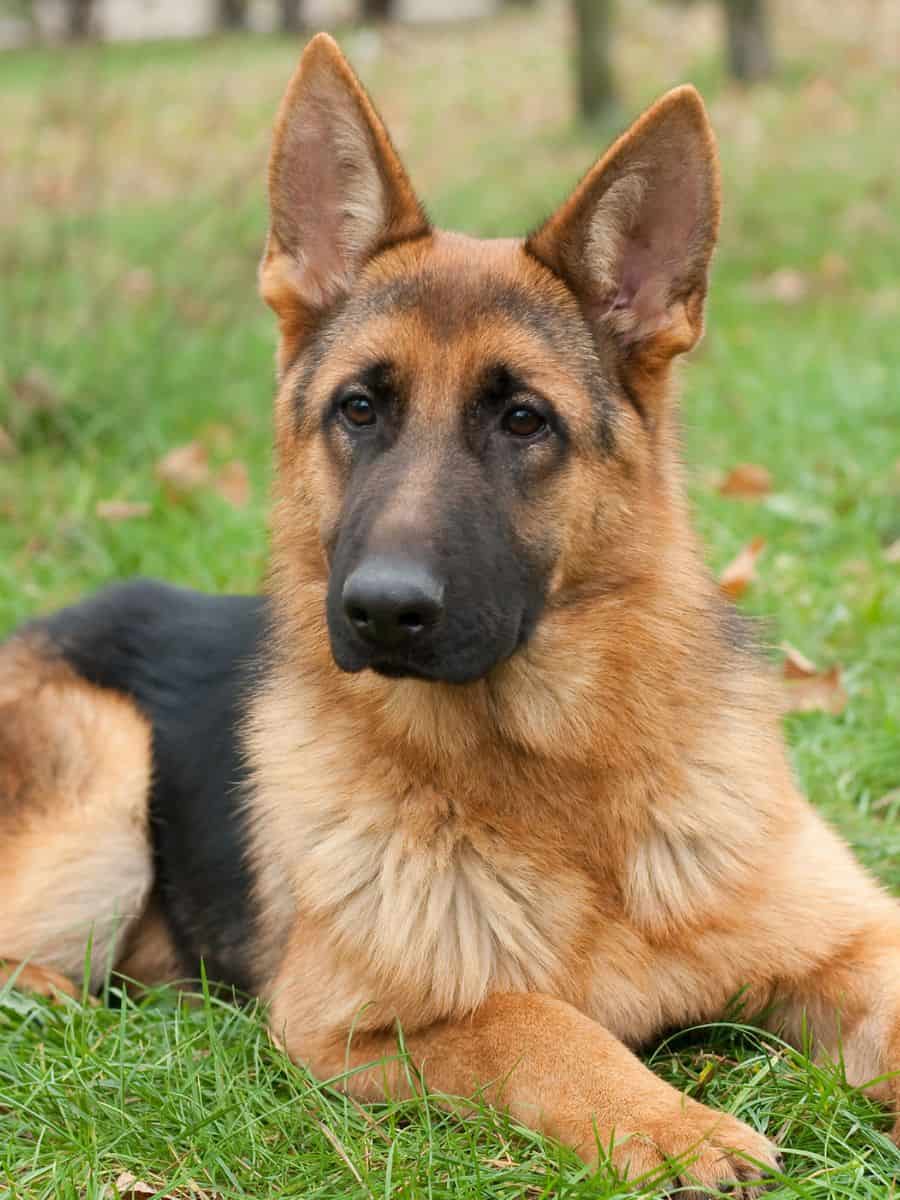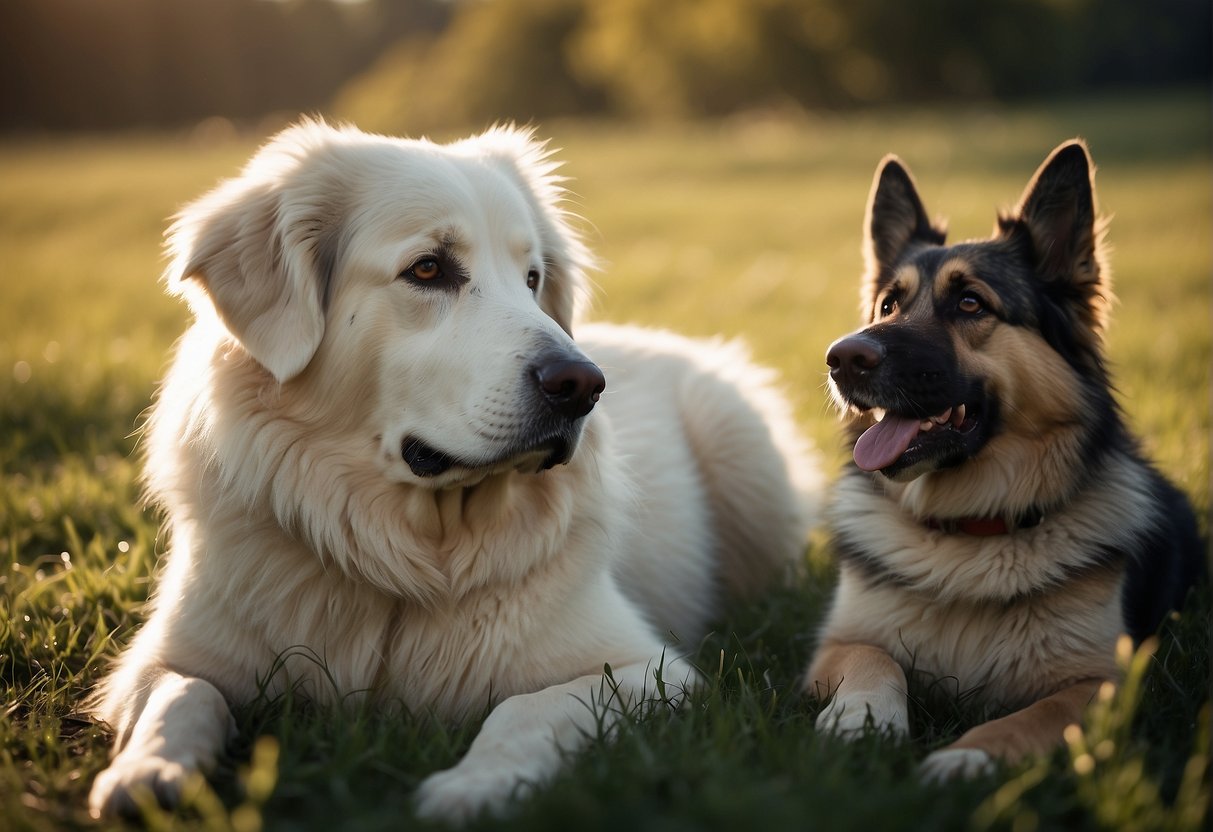Are you wondering, ‘Do German Shepherds and Great Pyrenees get along?’ You’re not alone in this curiosity. In the world of canine companionship, finding harmony between two breeds with distinct personalities is a journey you may embark on.
German Shepherds and Great Pyrenees can get along well with proper socialization and training. Both breeds are intelligent and loyal, but their different temperaments mean they require careful introduction and ongoing positive interactions to coexist harmoniously.
Grasping the dynamics between these breeds is fundamental for fostering successful canine companionship.
As an owner deeply knowledgeable about German Shepherds, I’ve personally witnessed the harmonious coexistence between these intelligent and loyal breeds.
The key to nurturing a positive relationship between the serene Great Pyrenees and the vivacious German Shepherd lies in socialization. Early and positive interactions are essential for respecting each other’s space.
By recognizing and respecting each breed’s unique traits and promoting an environment of mutual respect, you can enable these dogs to not only share a home but also form a deep, loving bond.
Key Takeaways
- Great Pyrenees and German Shepherds can get along with proper socialization.
- Each breed’s unique characteristics must be respected for successful cohabitation.
- Positive interactions between these dogs hinge on patient and consistent training.

Breed Characteristics
Understanding the respective breed characteristics of Great Pyrenees and German Shepherds is essential when determining whether they will get along.
Your awareness of each breed’s traits can help set the stage for a harmonious relationship.
Great Pyrenees Traits
The Great Pyrenees is a breed known for its calm and patient demeanor. They are:
- Size: Large
- Weight: 85-100 lbs (males) and 75-90 lbs (females)
- Height: 27-32 inches (male) and 25-29 inches (female)
Their protective nature makes them excellent guardians. Notably, they:
- Temperament: Gentle and protective, especially with family.
- Activity Level: Moderate; requires regular exercise but tends to be less energetic than German Shepherds.

Their thick double coat is:
- Coat: Long and weather-resistant, requires regular grooming to prevent matting.
You can check out their advantages and disadvantages in this article: Pros & Cons of the Great Pyrenees.
German Shepherd Traits
German Shepherds are known for their intelligence and versatility. Key characteristics include:
- Size: Large
- Weight: 65-90 lbs (males) and 50-70 lbs (females)
- Height: 24-26 inches (male) and 22-24 inches (female)
Their temperament is a mix of courage and loyalty, with a high learning capacity. They often display:
- Temperament: Confident, courageous, and smart; can be aloof with strangers but are highly loyal to their families.
- Activity Level: High; they thrive on having a job to do and require substantial mental and physical exercise.

The German Shepherd’s coat is less dense but still requires care:
- Coat: Dense, with a short outer coat and thick undercoat, requiring regular brushing.
Understanding Breed Differences for Peaceful Coexistence
To better understand how German Shepherds and Great Pyrenees can coexist, let’s compare their key characteristics and needs in the following table, offering insights into fostering a harmonious relationship between them.
| Feature | German Shepherd | Great Pyrenees | Notes for Coexistence |
|---|---|---|---|
| Size | Large | Giant | Space considerations for cohabitation. |
| Energy Level | High | Moderate to Low | Balance activities to meet both breeds’ needs. |
| Temperament | Intelligent, Protective, Eager to Please | Calm, Patient, Protective | Strategies for socialization and training. |
| Socialization Needs | High | Moderate | Importance of early and positive interactions. |
| Exercise Requirements | High | Moderate | Plan joint activities that cater to both. |
| Guarding Instincts | Strong | Very Strong | Manage and direct protective behaviors appropriately. |
| Compatibility | With proper introduction and training, can coexist well. | With proper introduction and training, can coexist well. | Tips for fostering a positive relationship. |
Behavioral Dynamics
When considering whether Great Pyrenees and German Shepherds get along, you must understand how their behaviors can influence their relationship.
Temperament Compatibility
Great Pyrenees are known for their calm and patient demeanor, often showing a gentle, protective nature. They were bred to guard livestock, so they are independent and may be reserved with strangers.
On the other hand, German Shepherds tend to be more energetic and assertive. They are highly trainable and thrive on having a purpose, usually excelling in working roles or as loyal family pets.
Similarities:
- Both breeds can exhibit protective instincts.
- Loyal to their families.
Differences:
- Great Pyrenees are more independent by nature.
- German Shepherds often seek more engagement and stimuli.

Socialization Impact
Good socialization practices can greatly enhance the likelihood of these two breeds getting along.
If you expose your pets to various situations and other animals from a young age, they are more likely to be well-adjusted and accepting of each other.
Tips for Effective Socialization:
- Introduce your dogs in neutral settings.
- Maintain a calm and assertive presence during interactions.
- Use positive reinforcement to encourage good behavior.
Training and Leadership
Your role as a strong, consistent leader is crucial for both breeds to coexist peacefully.
Both the Great Pyrenees and German Shepherds respond well to clear boundaries and structured training routines.
Training Needs:
- Great Pyrenees: May require patient, persistent training methods due to their independent nature.
- German Shepherds: Highly responsive to training and eager to learn.
Proper leadership helps prevent dominance issues and establishes a harmonious hierarchy in your home.
Use consistent commands and reward-based training to foster a positive environment for both breeds.
Living Together

When considering the cohabitation of Great Pyrenees and German Shepherds, you must consider their space and exercise requirements to ensure a harmonious living environment.
Space Requirements
Great Pyrenees and German Shepherds are both large breeds, with the former often being the larger of the two.
Here’s what you need to consider:
- Living Quarters: Both breeds will thrive in a home with ample room to move around. Apartments can be challenging for these large dogs, particularly the Great Pyrenees.
- Outdoor Space: They benefit from having a large, securely fenced yard. This allows them to play and patrol, a natural instinct, especially for the Great Pyrenees.
Exercise Needs
While they may vary slightly in temperament, both breeds have high exercise needs. Here’s a quick breakdown:
Daily Exercise: Aim for at least 90 minutes of exercise per day for both breeds. This can be split between walks, playtime, and training.
Mental Stimulation: German Shepherds, in particular, are very intelligent and benefit greatly from mental challenges. Incorporating training sessions or puzzle toys into their routine can help meet this need.
FAQs
In this section, you’ll find targeted answers about the compatibility of Great Pyrenees with other breeds and ideal companion dogs for German Shepherds.
Can a Great Pyrenees get along well with other dog breeds?
The Great Pyrenees is known for its calm and patient demeanor, making it a good companion for various dog breeds. These dogs must be socialized from a young age to ensure they are comfortable and can interact peacefully with other dogs.
What is a suitable companion dog breed for a German Shepherd?
German Shepherds can pair well with breeds that match their energy level and temperament. Look for dogs that are confident, calm, and not overly dominant. Provided they are properly introduced and socialized, Labrador Retrievers or Boxers might also make successful companions.
Related Posts You May Like:





